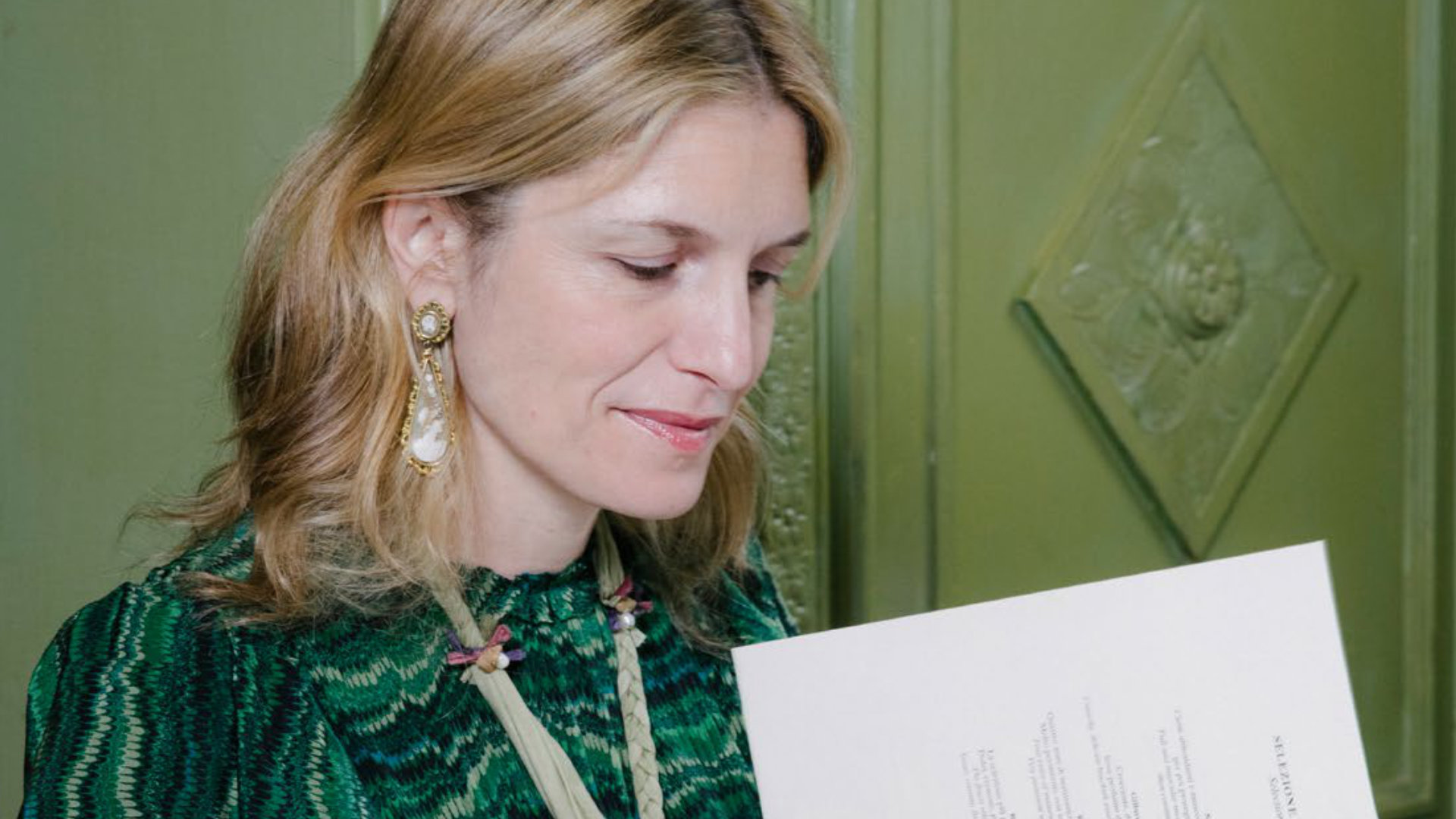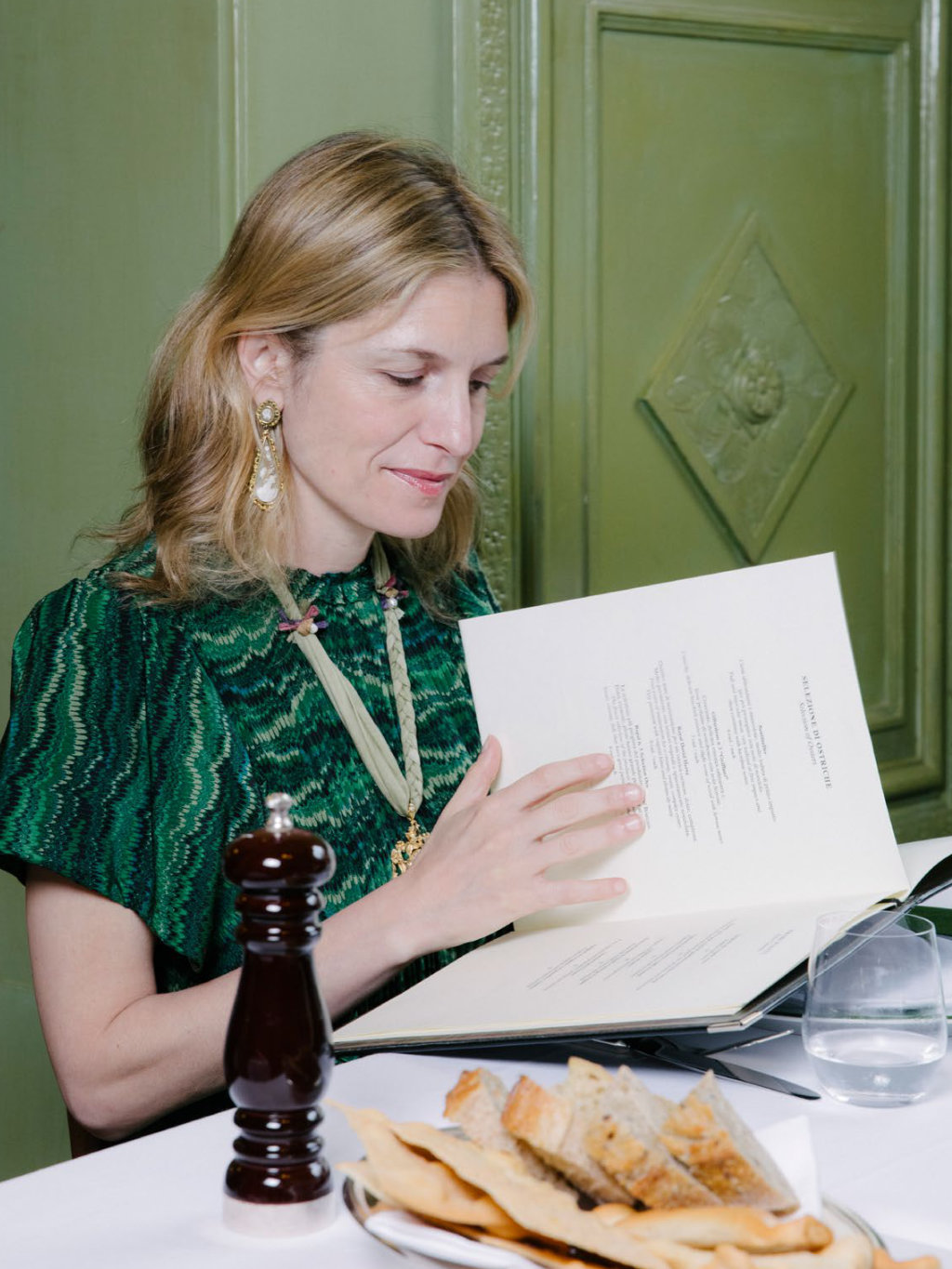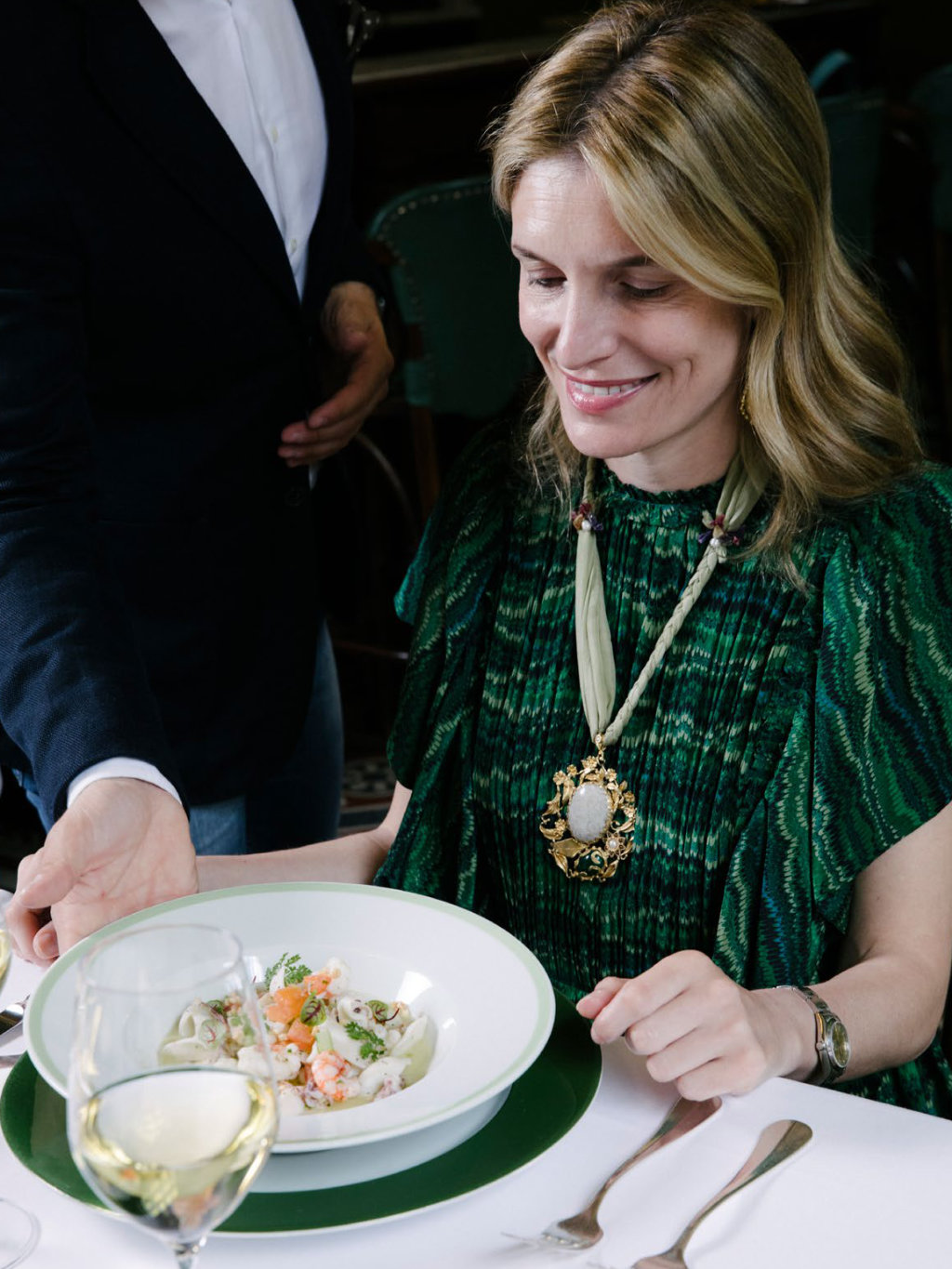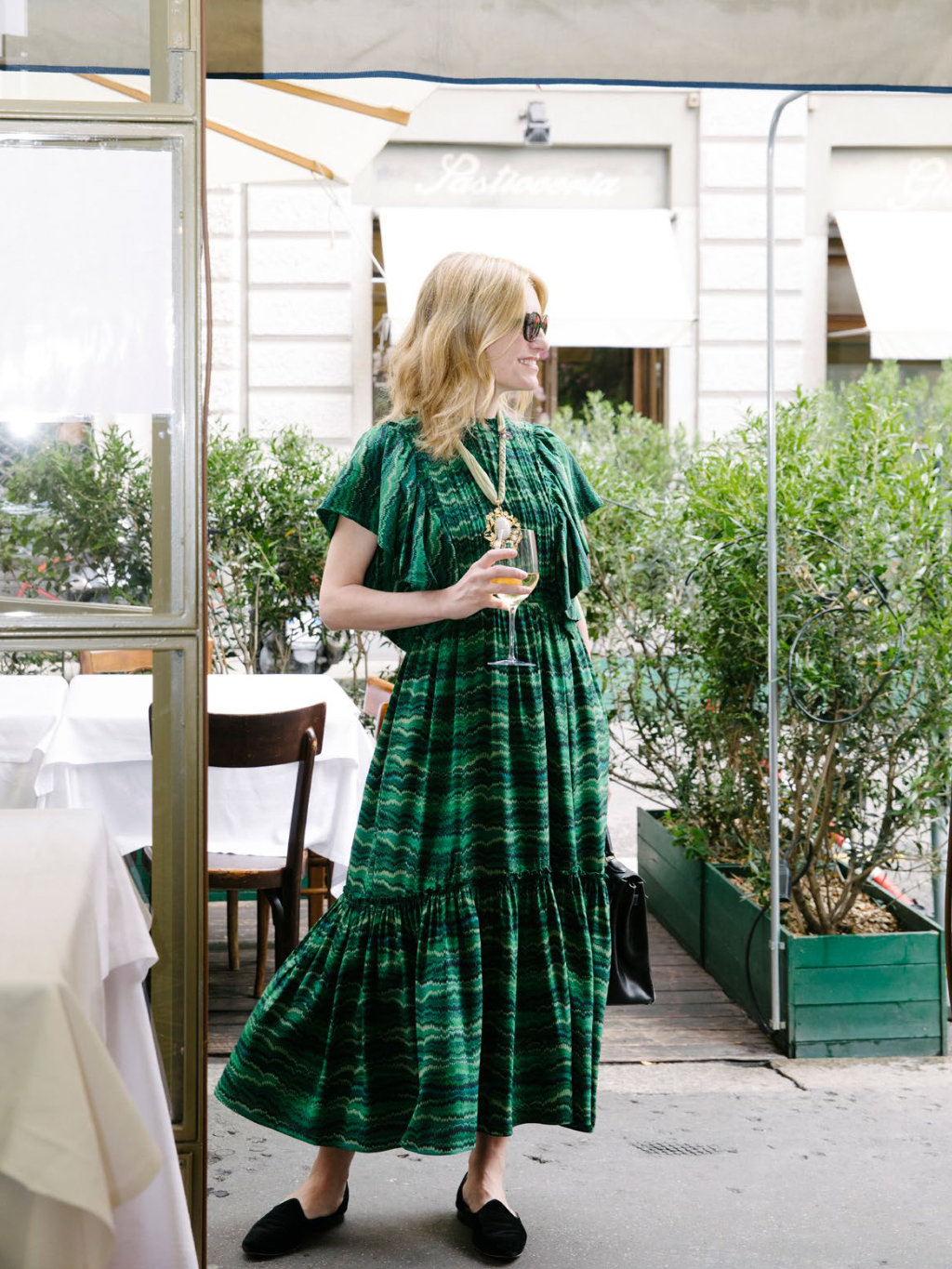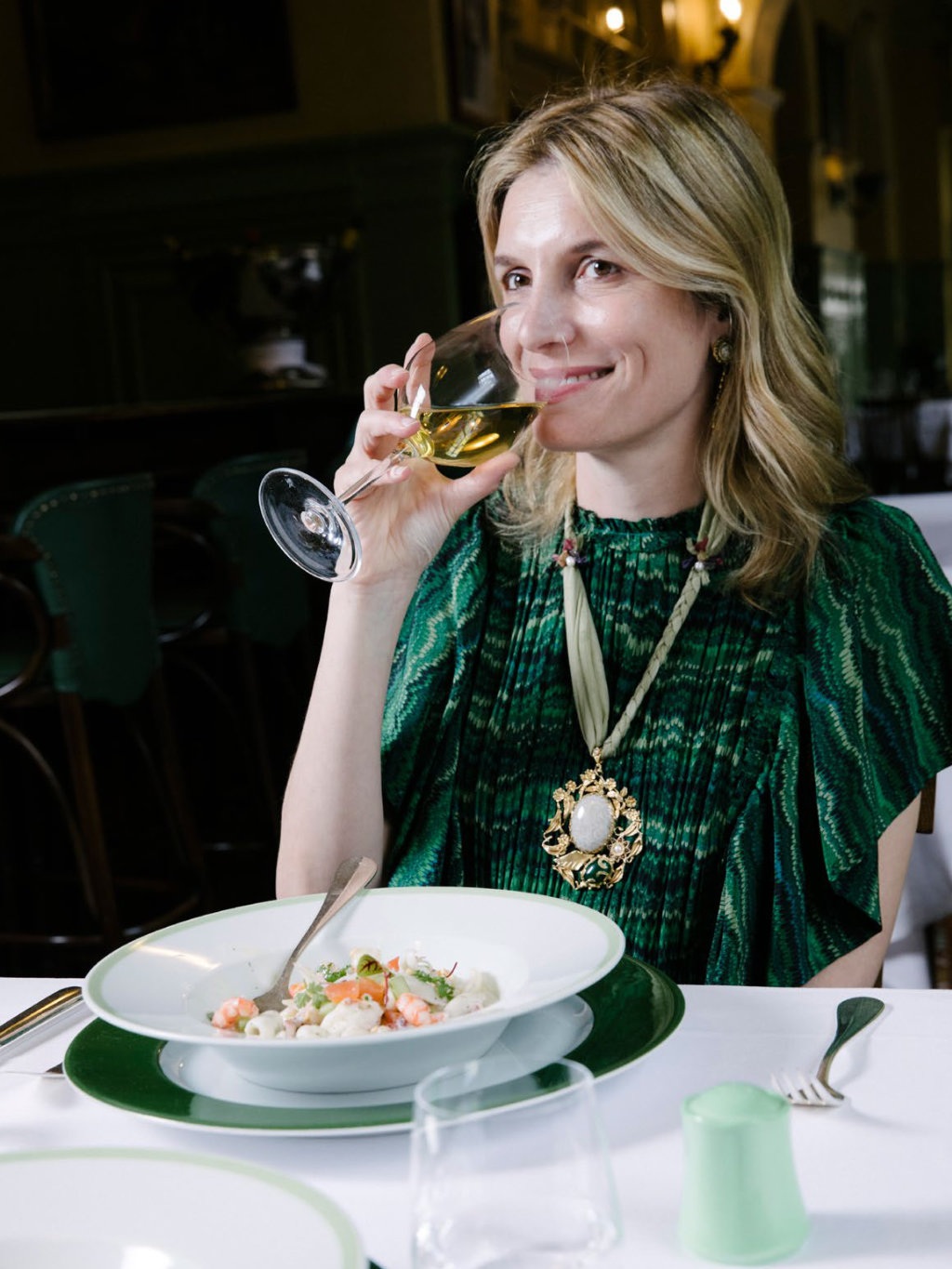Founder of Cabana Magazine and Casa Cabana, Martina Mondadori has been a loyal customer of Giacomo's since she was very young. During lunch, tender memories of family affection and tales of unexpected and exciting encounters, which took place on our premises, emerged. Over one of the great classics on the menu, she told us about herself, her work and these fascinating anecdotes.
Do you remember a particular event that triggered your passion for design? When did you realise it would become your profession?
I don't think there was a single moment; rather, it was a gradual process. Growing up in Milan, surrounded by design in a home designed by Mongiardino, who often visited, laid the foundation. My true passion for interior design blossomed when I moved to London in 2012. At that time, I was working, a mother of two young children, and spent my free time immersed in interior design books and exploring interesting places. London, with its strong design presence and abundance of fabric shops and showrooms, allowed me to fully embrace my passion. In fact, it was in London that Cabana Magazine was born.
In 2012, you moved to London, where you lived for several years. What were the differences in your approach to design compared to Italy?
Italy, of course, is the true capital of design. Both for production, which takes place in the Milanese hinterland, and for the historicity of Milan in relation to design - Gio Ponti, Portaluppi... Having said that, I think London has a greater awareness and maturity in not being ashamed of everything that may be old and of the past, fully embracing its history. In Italy, however, I have the perception that Italians always have this desire to rush ahead, what's the next trend, what's next...
I remember very well when, with Cabana, I had started to hit the nail on the head. All the foreign media welcomed this relaunch with enthusiasm. For the Italians, however, it was a thing of the past. I think there is a greater ability to link past, present and future, without always having to rush forward, which is what we do here. Maybe because we have too much history behind us.

Tell us about Cabana? How did the project come about and how does the magazine's editorial vision tie in with the research carried out with Casa Cabana, the homeware brand?
Cabana Magazine began as a personal project, not as a business. It emerged naturally, there was no business plan or anything. Living in London, on the one hand I was discovering my new adopted country and on the other, being far from Milan, I missed Italy, my home, Mongiardino... so I started to make physical moodboards, juxtaposing images of English and Italian interiors, and Cabana was born. It continues to embody both Italian and English influences, a reflection of experiences that were part of my life, that are part of my life. The homeware part of Casa Cabana was also born in a very organic way, with the idea of extending the experience of the pages of the magazine to the world of objects. The project includes vintage pieces and editions that we produce together with craftsmen, mostly in Italy, but also in the rest of Europe and the world. It is really about linking the publishing world to the world of craftsmanship.
The magazine aims to explore the relationship that binds people to the world of design and interior design. How would you describe yours?
I think there is nothing more personal than the rooms we live in. By inhabiting them, they are layered with experiences, memories, objects that remind us of something. That is why, in my opinion, they are the fifth essence of memory and therefore the most personal thing there is. The rooms in my house express my personality even more than the way I dress. In this sense, I think a room says a lot about a person.
On the occasion of this year's Salone del Mobile, Giacomo had the pleasure of collaborating with Cabana Magazine on the Cafè Cabana Giacomo project, offering a meeting place and refuge from the frenzy of Design Week inside Palazzo Morando. How did the collaboration evolve?
Cabana collaborations always come about in a very organic and authentic way. In this case, Giacomo is as Milanese as we are, we are linked by a common history and path, and by our relationship with Mongiardino. I also have so many memories linked to the place, as a child and in the years that followed. So the idea of creating a community space in Milan, during the Salone, could only have been developed with Giacomo.
We had the opportunity to bring life to the project in a historic and beautiful setting such as the courtyard of the Museo Morando, which, in my opinion, is one of the hidden jewels of the city. It was one of those situations that came about a bit by chance, but which fit just perfectly.
What kind of experience was offered to the visitors and what role did conviviality, which has always been a fundamental aspect in Giacomo's world, play?
Milan is the historical capital of cafés, which have always had the role of bringing people together. I am thinking, for example, of Bar Jamaica, which had this function as a meeting point for the world of design and art...
With Caffè Cabana Giacomo we wanted - and I believe we succeeded - to offer a meeting point for the entire creative interior and design community present in Milan in those days. Being able to bring the Casa Cabana collections to life in a context such as the courtyard of Museo Morando, together with Giacomo, was a truly unique experience.
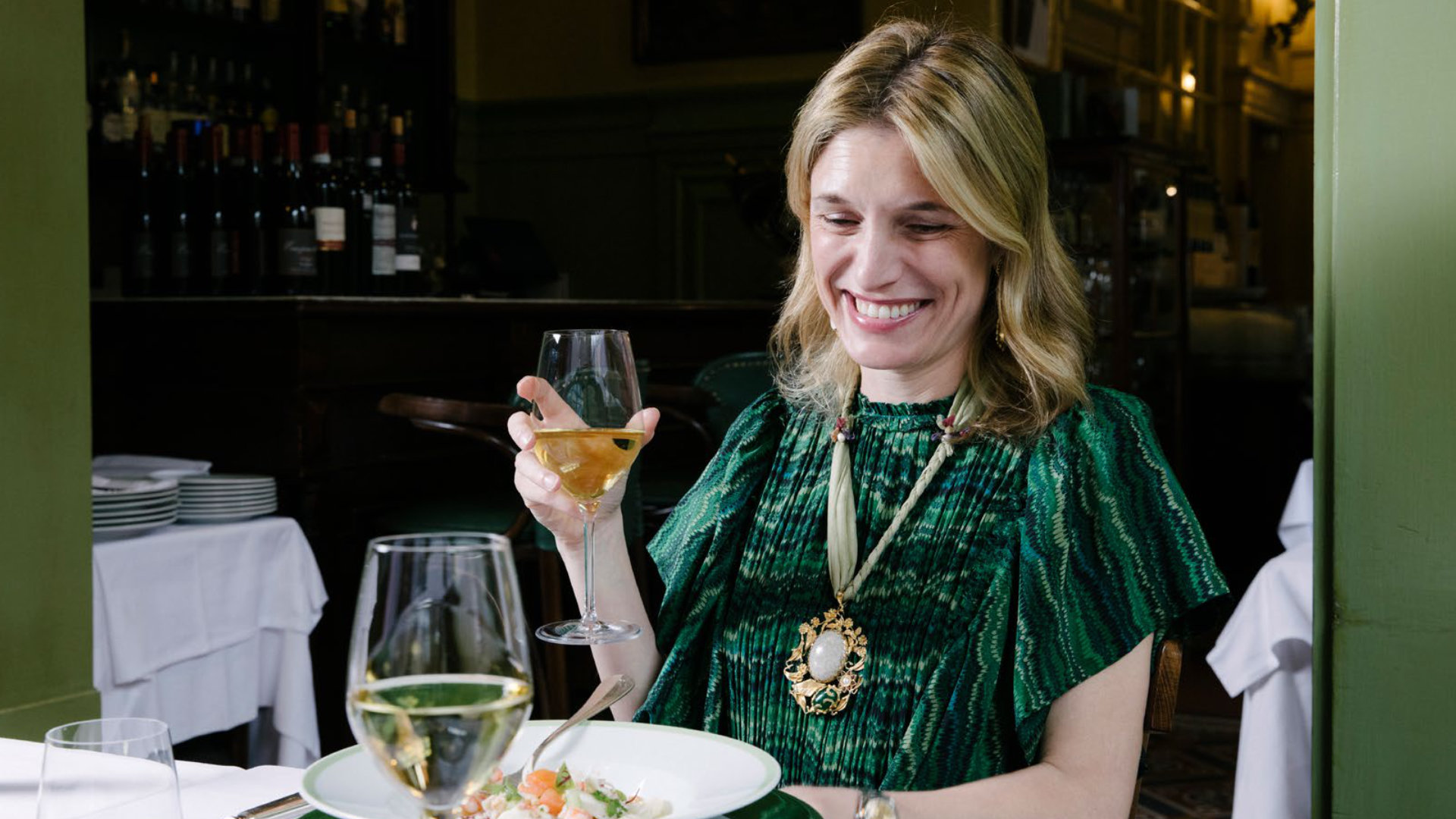
In 2020, you moved back to Milan with your family. What kind of relationship do you have with the city? How does a typical day of yours unfold here?
Milan has amazed me a lot, in a positive way. Since coming back, I find it a city with a completely different energy, much more international, cosmopolitan and, above all, much more open. It is as if all of a sudden the Milanese, who by nature are more closed off than in other Italian cities, were particularly proud of their city and more open to the arrival of foreigners. Even during the Salone del Mobile, which is a very democratic time, when all the palaces and gardens are opened, people go from one place to another... Let's say that the Milan of today is not the Milan I grew up – and this is from a very positive point of view. Milan is an extremely practical city, like a big village, where you can do so many things in a day. I get up quite early in the morning and take my daughter to school - the others are grown up and go off on their own - then I go to the office in the centre. I have meetings, appointments... I try to see some friends for breakfast. In the afternoon, I try to spend it at home with the kids coming home from school. But all this is very easy and relaxing in Milan. In London the same day required a lot more effort in terms of travelling, public transport... here I almost always cycle.
The house where you grew up was decorated by the architect Renzo Mongiardino, with whom Giacomo has a special bond. In fact, the interior of our historic restaurant in Via Sottocorno is his work. What influence did his work have on your creative vision?
He had a huge influence. Growing up inside that house, with the walls decorated by him, allowed me to accustom my eye to the colours and culture behind every detail. Because Mongiardino was a man of enormous culture, not only visual but also literary.
When he worked, there were so many quotations. In addition, he had decorated many homes at the time, including those of my friends' parents, so I saw a lot of them and I think he had an inestimable influence on the way I relate to interiors and decoration.
Mongiardino had the great ability not to impose his vision, but to understand the DNA of a place. Giacomo's restaurant in Via Sottocorno is exemplary of this. It is timeless, of enormous simplicity, yet extremely cosy and convivial.
Do you remember the first time you came to our restaurant? What impressed you most?
I don't remember the first time exactly, but I remember the evening before my confirmation. It was a bit of a special occasion because my whole family, my cousins and uncles, had come to the Veneto and we were at Giacomo's. It had been a great family reunion. I remember my mother used to say that the pizza they gave you as a starter before dinner was the best pizza in Milan.
What did you order today?
The seafood salad on potato fluff, with lemon and puffed fregola.
Our founder Giacomo Bulleri firmly believed in the ability of food to evoke a whole spectrum of memories and sensations, thanks to flavours, textures and their combination. What does this dish bring back to mind?
It has always been my favourite dish here at Giacomo's. When I come for lunch I always eat it as the main course, in the evening as an appetiser, before eating more fish. A staple.
Is there an anecdote related to your experience at Giacomo's, to the pleasant and unexpected encounters you had here, that you would like to share?
I remember once joining my mother, who was there for breakfast with Mongiardino, Umberto Pasti, Stephan Janson and Lee Radziwill, Jackie Kennedy's sister. It was the mid-1990s at the time, it was fashion week in Milan and Lee Radziwill had come as an ambassador for Armani. I really remember being fascinated. It was quite an interesting table.
How would you describe your past and present experience at Giacomo's in three words?
Cosy, familiar and... the best of Milan.
